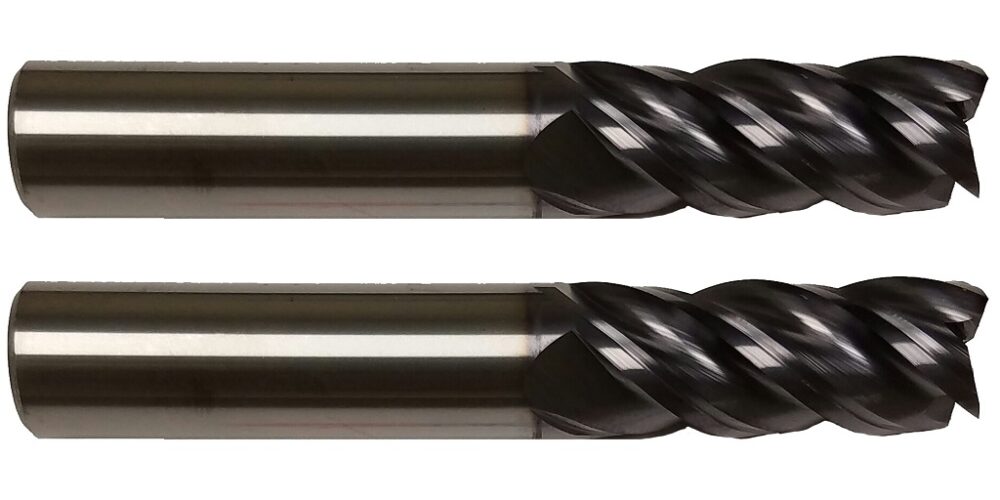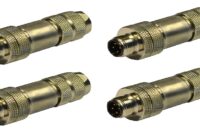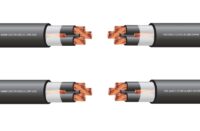As medical technology continues to advance, prosthetics have become increasingly advanced and sophisticated. They have transformed the lives of people who have lost limbs or suffered from congenital disorders.
Prosthetics not only improve the quality of life of patients but also significantly affect the way physicians approach patient care. Let’s explore what accuracy for prosthetics means for patients and physicians.
Understanding Prosthetics
Prosthetics are artificial limbs or body parts that replace missing or damaged ones. They come in many shapes and sizes and can be customized to fit the specific needs of each patient. Prosthetics can be classified as either passive or active.
Passive prosthetics are designed to look and function like a natural limb, while active prosthetics use external power sources such as motors or batteries to provide movement.
Patient Expectations
Patients who require prosthetics have high expectations for their functionality, comfort, and aesthetics.
Functionality
Patients expect their prosthetics to provide them with the same level of functionality as their natural limbs. They want to be able to perform everyday tasks such as walking, running, and lifting objects with ease.
Comfort
Patients expect their prosthetics to be comfortable and fit securely. Ill-fitting prosthetics can cause discomfort, skin irritation, and other issues that can affect the patient’s quality of life.
Aesthetics
Patients also expect their prosthetics to look as natural as possible. Many prosthetics today are designed to be aesthetically pleasing and blend in with the patient’s natural appearance. Often the prosthetics are built using end mills and other tools that are precise and accurate.
Physician Expectations
Physicians who work with prosthetics have their own set of expectations for the devices they prescribe.
Accuracy
Physicians expect prosthetics to be accurate and reliable. They want the devices to provide the same level of functionality as the patient’s natural limb and to be able to withstand everyday wear and tear. Using variable end mills and other tools to give it the finish and accuracy it needs for maximum ease of movement.
Durability
Physicians also expect prosthetics to be durable and long-lasting. They want the devices to be able to withstand heavy use without breaking or malfunctioning.
Ease of Use
Finally, physicians expect prosthetics to be easy to use and maintain. They want the devices to be user-friendly and easy to adjust as the patient’s needs change.
The Process of Creating a Prosthetic
The process of creating a prosthetic involves several steps, including assessment, castings and measurements, design and fabrication, and fitting and adjustments.
Assessment
The first step in creating a prosthetic is assessment. During this stage, the prosthetist will evaluate the user’s medical history, physical condition, and lifestyle to determine the type of prosthetic that would be best suited for the user.
Castings and Measurements
The next step is to take castings and measurements of the user’s residual limb. The prosthetist will use a casting material such as plaster to create a mold of the residual limb. The mold is then used to create a positive model of the residual limb, which is used to design the prosthetic.
Design and Fabrication
The prosthetist will use the positive model of the residual limb to design the prosthetic. This involves creating a three-dimensional model of the prosthetic using computer-aided design (CAD) software. The design is then used to create a prototype of the prosthetic using 3D printing technology.
Once the prosthetic has been designed and the prototype has been created, the prosthetist will begin the fabrication process. This involves selecting the appropriate materials and manufacturing the prosthetic using tools like variable end mills for accuracy and detail.
Fitting and Adjustments
Once the prosthetic has been fabricated, the prosthetist will fit the prosthetic to the user’s residual limb. This involves making adjustments to the prosthetic to ensure a comfortable fit and proper alignment.
The prosthetist will also provide the user with training on how to use and care for the prosthetic. The user may need to come in for additional adjustments as they get used to using the prosthetic.
Prosthetics have come a long way since the first wooden toe was discovered in an Egyptian tomb. Today, prosthetics are made using advanced materials and technology, allowing for more realistic and functional devices.
While there are still some limitations to prosthetics, ongoing research and development in the field promise to make prosthetics even better in the future.
Medical Equipment: Making Them Accurate and Precise
Medical equipment is a crucial aspect of healthcare, and their accuracy and precision are essential for patient safety and effective treatment. The creation of medical equipment requires a comprehensive understanding of the engineering, manufacturing, and regulatory processes involved. In this article, we will discuss the key factors that contribute to the accuracy and precision of medical equipment and the steps involved in their creation.
Understanding Accuracy and Precision in Medical Equipment
Accurate medical equipment is one that provides a measurement or result that is close to the true value. Precision, on the other hand, refers to the degree of reproducibility of a measurement or result. For instance, a blood pressure monitor that consistently provides a reading of 120/80 is precise, but not necessarily accurate if the true value is different. In medical equipment, both accuracy and precision are crucial as they affect the diagnosis and treatment of patients.
Factors Affecting Accuracy and Precision
Several factors contribute to the accuracy and precision of medical equipment. These include:
Design and Engineering
The design and engineering of medical equipment are crucial in ensuring accuracy and precision. This involves understanding the intended use of the equipment, the environment it will be used in, and the materials and components required. A comprehensive design process that involves testing and validation at each stage ensures that the equipment meets the required specifications.
Manufacturing Processes
The manufacturing process of medical equipment must also be carefully controlled to ensure accuracy and precision. This involves selecting the appropriate materials and components, maintaining strict quality control, and monitoring the manufacturing process to detect any deviations that may affect accuracy and precision.
Calibration and Maintenance
Regular calibration and maintenance of medical equipment are essential to ensure accuracy and precision throughout its lifespan. This involves verifying that the equipment meets the required specifications, adjusting it if necessary, and replacing any worn or damaged parts.
Regulatory Compliance
Medical equipment must comply with strict regulatory standards to ensure accuracy and precision. These standards vary depending on the type of equipment and its intended use. Compliance involves meeting the required safety and performance standards and obtaining the necessary certifications.
Steps Involved in Creating Accurate and Precise Medical Equipment
The creation of accurate and precise medical equipment involves several steps. These include:
Conceptualization and Design
The first step in creating medical equipment is conceptualization and design. This involves identifying the need for the equipment, understanding its intended use, and designing it to meet the required specifications.
Prototyping and Testing
Once the design is complete, a prototype of the equipment is created, and testing begins. This involves testing the equipment to ensure that it meets the required specifications and performs as intended.
Manufacturing
Once the prototype has been tested and validated, the manufacturing process begins. This involves selecting the appropriate materials and components, assembling the equipment, and performing quality control checks at each stage of the manufacturing process.
Calibration and Maintenance
Once the equipment has been manufactured, it must be calibrated to ensure accuracy and precision. Regular maintenance is also required to ensure that the equipment continues to meet the required specifications.
Regulatory Compliance
Before the equipment can be sold or used, it must comply with regulatory standards. This involves obtaining the necessary certifications and ensuring that the equipment meets the required safety and performance standards.
Conclusion
The creation of accurate and precise medical equipment requires a comprehensive understanding of the engineering, manufacturing, and regulatory processes involved. The design and engineering of the equipment, the manufacturing process, regular calibration and maintenance, and compliance with regulatory standards all contribute to its accuracy and precision. By following these steps, medical equipment manufacturers can ensure that their equipment is safe, effective, and reliable.
FAQs
What is the difference between accuracy and precision in medical equipment?
Accuracy refers to how close a measurement or result is to the true value












